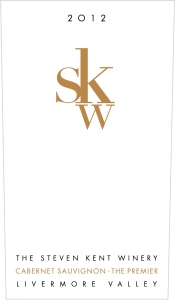It looks as if the grape I’m currently most obsessed with – Cabernet Franc – is on the minds of more than a few consumers and winemakers.
Winewriter, Elin McCoy, in an article on Bloomberg.com, writes about the things that will be changing the wine world in 2016. Among a growing appreciation for English sparkling wine (very cool), more celebrity wine projects (very un-cool), and the wider-spread use of the Coravin (we are big enthusiasts!), McCoy believes that 2016 will reveal Cab Franc to be the next hot variety. If she ain’t right, she ought to be!
There is no red grape with the possible exception of Pinot Noir that offers such a wide variety of textures, flavors, and overall excitement. Cabernet Franc, in the Bordeaux model, is a wine of suppleness, red fruit, tension and length. From the Loire Valley perspective, the wines are lean, filled with tremendous acid, rose petals, and earth. The (generally low-alcoho l) wines have such tremendous pace through the mouth, they seem to make the clock run backward.
l) wines have such tremendous pace through the mouth, they seem to make the clock run backward.
I’m partial to this CF style. In my mind, they are the sexiest wines on the planet. We have about 3 acres planted on our Ghielmetti Estate Vineyard, and endeavor to produce a style of Cabernet Franc that is beautiful in its exuberant fruit; low in new-oak, and high in swagger. Our CF is part of our BDX Collection wine club.
The best Cabernet Francs, unlike Cabernet Sauvignon and Pinot Noir, owe some of their greatness to their subtle polarizing nature. If it is true that American wine drinkers talk dry but drink sweet, CF is not the wine for them. And that’s ok. Merlot quality suffered in part from its ubiquity; I’d rather drink every bottle I make (I’m a sharer, by nature, so you’ll understand the psychic pain this would cause me) if it meant we had Cabernet Franc unencumbered by bad planting and winemaking decisions…pure, beguiling, and beautiful.




